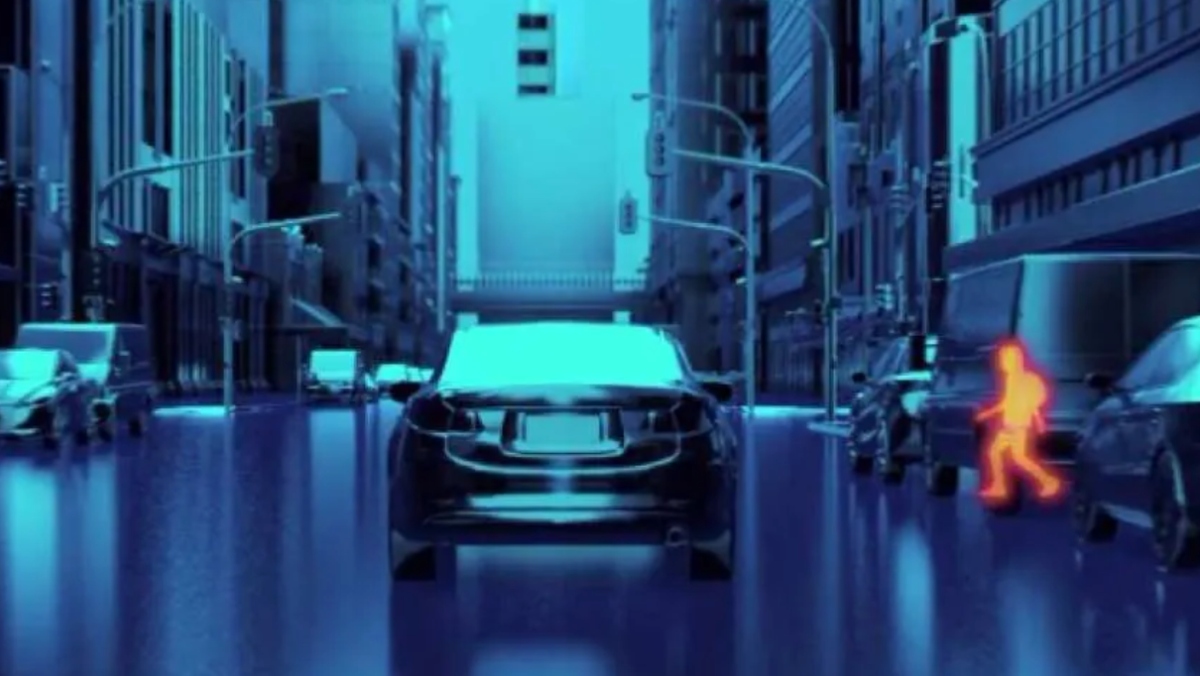As evidence mounts showing autonomous cars will indeed be able to drive themselves fully—likely sooner than we all think—the technology necessary to make that a reality continues to progress via many avenues. Electric carmaker Tesla is relying on a pure vision approach to self-driving, for example. Now, researchers at the University of Sydney have come up with an “X-ray” like vision tool for autonomous cars. Although it doesn’t work the way you’d think.
DesignTAXI reported on the new autonomous-vehicle vision system, which project researchers outlined in a recent report. The report outlines how the team used “collective perception” (or CP) to give autonomous vehicles the ability to, in some sense, see through objects.

As a recent press release on Springwise notes, the new tech uses “intelligent roadside units” (or IRSUs). The units, which are on tall poles, house various sensors such as cameras and “light detection and ranging,” a.k.a. lidar. The IRSUs, along with vision systems in participant autonomous cars, all share information with each other. That allows any singular vehicle to have access to points of view other than its own.
The result of this collective perception is the ability for a participant vehicle to see things they wouldn’t otherwise be able to. Indeed the researchers, who collaborated with the vehicle company Cohda Wireless and the Australian federal government’s iMOVE Cooperative Research Center, were able to give participant vehicles the ability to predict potential threats to safety. Such as pedestrians rushing toward an intersection, for example. The researchers were also able to pair this collective perception with the ability to automatically hit the brakes.
“Our research has demonstrated that a connected vehicle can ‘see’ a pedestrian around corners,” the project’s lead researcher Dr. Mao Shan said in a university press release. “More importantly, we demonstrate how connected autonomous vehicles can safely interact with walking and running pedestrians, relying only on information from the [other cars and roadside stations]” he added. A fascinating prospect for beefing up autonomous vehicles’ abilities. And also a great early sales pitch for very tinted windows.